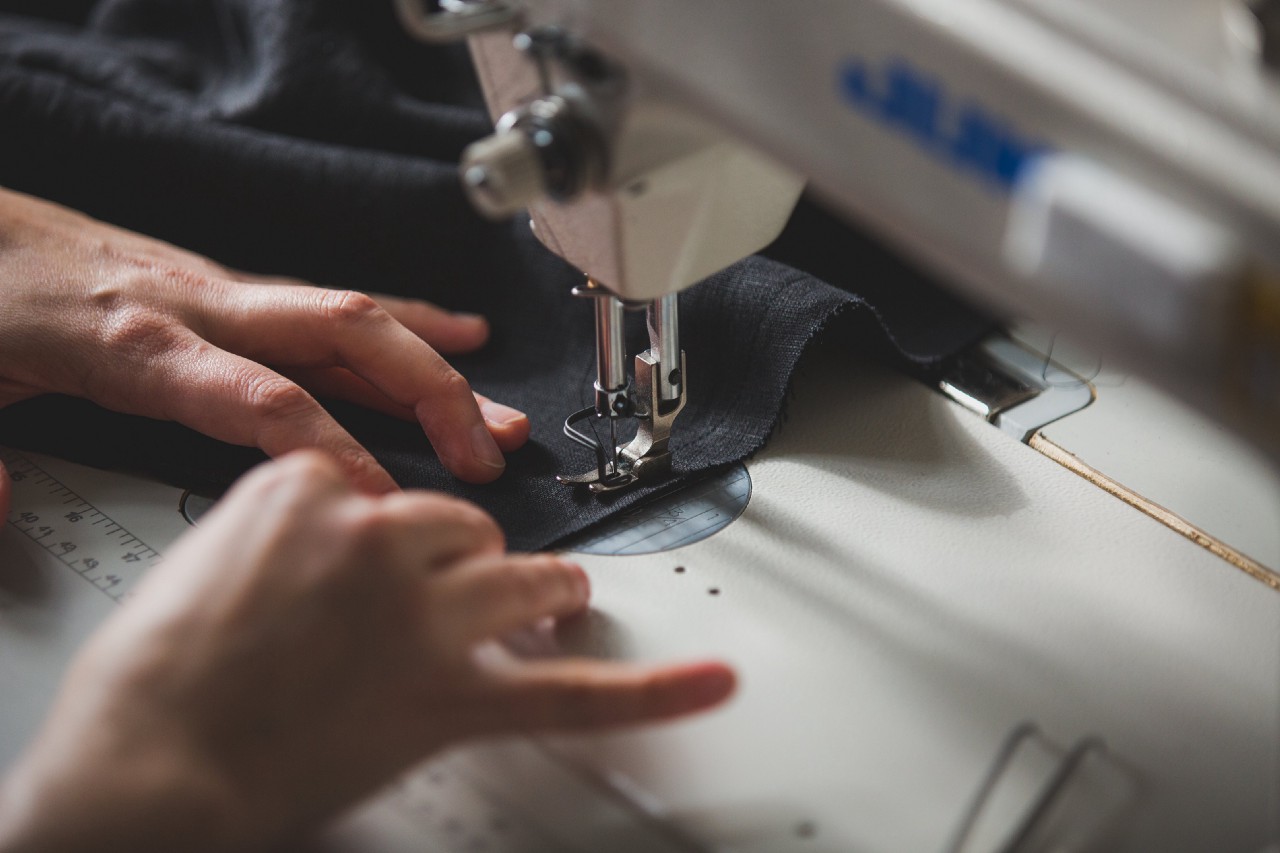Data about the food supply chain can come from everywhere, including publications and announcements, as well as alerts from official sources, or even unofficially reported incidents from news sites or consumer complaints. Additionally, it could also include company-internal data about food safety incidents that are addressed before a product ships to the market.
Collecting, combining and using this information to identify interesting patterns, emerging trends, or increasing risks is what we refer to as extracting food safety data insights. For human experts, it is an extremely time consuming and error-pruning process. Especially if we are considering analyzing updates from dozens of information sources that come in different languages, types and formats. This is why it is important to harness emerging technologies to support human data analysis.

Are industry-specific insights important?
Let us assume that one can access a high-quality database that is frequently updated with data records of food safety incidents from all around the world. Products like Horizon Scan, FoodTrack, Safefood.ai, and FOODAKAI operate over such databases. They may typically include food safety recalls, border rejections, or inspection results that are officially announced by governmental agencies or inspection authorities. Depending on the case, they may contain hundreds of thousands of food safety incidents of various types, covering several years, from a large number of different official sources.
By diving deeper into the data, it becomes possible to extract specific insights for a given industry segment. An example has been the Industry Report on Chocolate Products that has provided historical insights and emerging trends related to food safety of chocolate and cocoa products. Analyzing food incidents of more than a decade, the report identified the top-3 emerging hazards for chocolate products:
- Allergens: 51.60%
- Biological: 16.49%
- Foreign bodies: 13.83%
By further analyzing the data and breaking them down into more defined hazards for incoming raw materials, it has been illustrated that chemical hazards represent the major hazard category for cocoa:
- Chemical: 73.46%
- Biological: 16.49%
- Organoleptic aspects: 5.93%
- Other Hazards: 4.38%
Such a deep dive analysis can serve as a useful tool to industry players that want to keep an eye on data insights specific to their product categories and sectors.

Can brand-specific insights be extracted?
If global incident databases are well organized and gather structured data records, extracting useful insights can become even more tailor-made. Let us assume that in each food safety incident in the database, a sophisticated taxonomy about the type of hazard is used. This would allow to deep dive into all incidents that are related to a pathogen that affects a specific product category or brand.
For instance, let us consider the specific case of a large dairy products company. It has been recently identified that there is a 60% increase in food safety and fraud incidents related to milk that could affect their supply chains. If someone takes a closer look at the specific data, an alerting insight can be spotted: an increase of incidents related to undeclared allergens in milk from their suppliers led to a higher recall risk of more than 12%.
Another case is the one of a large consumer packaged goods company. Food safety and fraud data indicate:
- a 12% increase in incidents associated with cereals and bakery products
- a 19% increase in prepared dishes and snacks
- an alarming 77% increase in yogurt products
A closer look into the yogurt-specific data reveals that Listeria monocytogenes has been the pathogen responsible for the majority of their suppliers’ yogurt product recalls.
For each brand, using sophisticated and elaborate data taxonomies allow for such tailor-made insights. One can look at food safety incidents that are associated with specific companies and their subsidiaries; concern critical ingredients; or relate to prioritized biological, chemical or other safety factors. Depending on the role and priorities of the person whose decisions will be supported, more relevant insights can therefore be delivered, resulting in greater visibility over the global food supply chain.

Where to start from?
To begin with, when working with a new client, we ask their experts on Food Safety, Regulatory or Quality Assurance to provide us with some key ingredients and critical suppliers. Our team then sets up a customized data dashboard that presents tailor-made insights for these particular ingredients and suppliers. What follows is usually a live session, via a web conference or in person, where our client’s team and ours dive deeper into the global data, looking to enrich data insights. Often clients also ask us to produce, on their behalf, a customized report. We work with them to generate it. But we also go together through a step-by-step process that explains how anyone in their team can easily produce such a report.
Because we believe that smarter food safety needs tailor-made intelligence.

